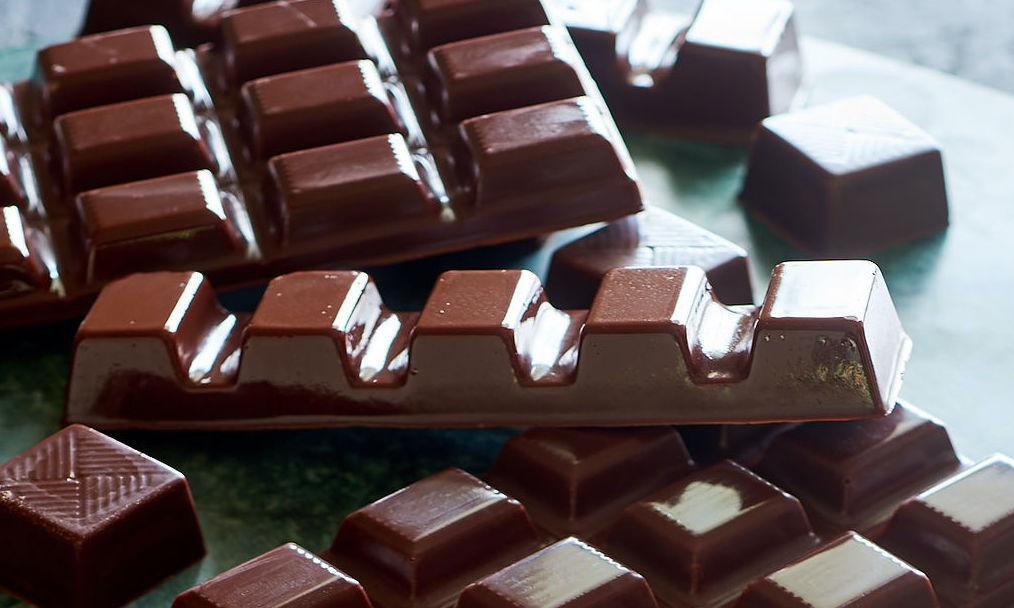
Nov 20, 2019 | The Fat Revolution
Essential oils have been used for thousands of years. The Ancient Egyptians were well-known to use them both both medicinally and also for aroma therapy. They were also used extensively in India as part of Ayurvedic medicine. And of course botanical medicines were used by many peoples around the world for generations. Hippocrates, considered the father of modern medicine, documented the medicinal properties of over 300 plants.
And, of course, the food-grade oils can also be used as food flavouring, which becomes particularly useful when avoiding sugar and other nasties.
My favourite use for essential oil is orange oil in chocolate. Orange chocolate was one of my favourites growing up, but I am unaware of any healthy versions. So I made my own, which is available in my Easy Keto cookbook.
I initially had trouble locating a good orange oil for cooking, so here is a link to Australian Essential Oils, who make a beautiful sweet orange oil.
Sendra, E., 2016. Essential oils in foods: From ancient times to the 21st century.
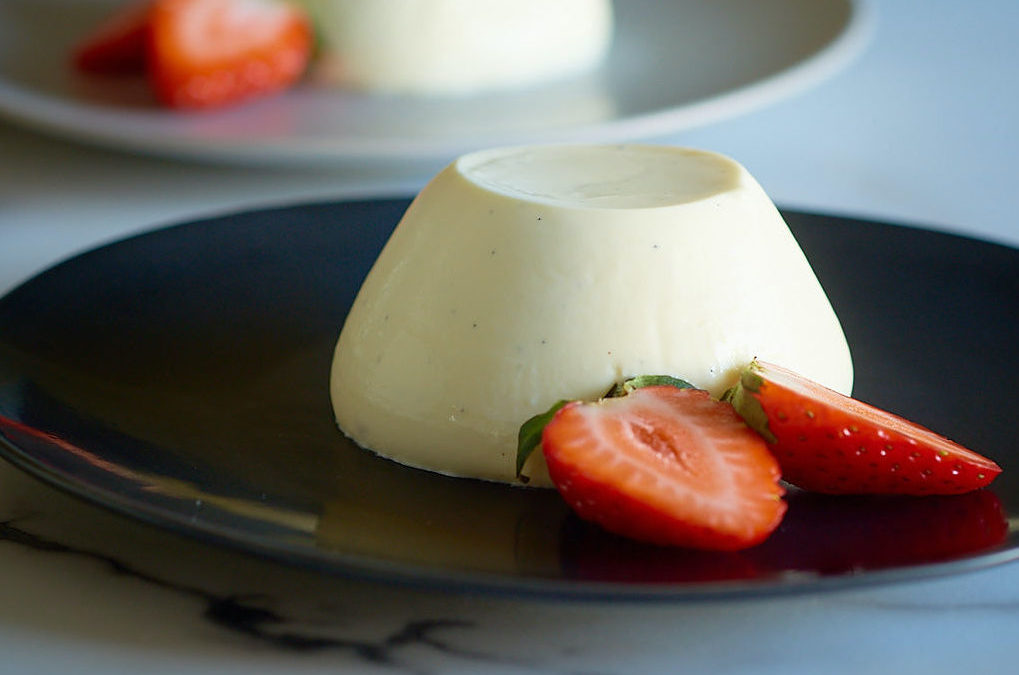
Jun 28, 2019 | The Fat Revolution
Gelatine is often associated with delectable desserts, jelly (jell-O), and the delightful wobble in the perfect panna cotta. Gelatine is not the first thing that comes to mind when thinking of health food, but it been used for hundreds of years for its extraordinary health benefits.
Gelatine is the product of bones, cartilage and skin boiled down so the collagen can be extracted, which becomes the clear, flavourless substance we know as gelatine. Many people are aware of the health benefits of collagen, otherwise known as the beauty protein, for our skin, but it also has many other benefits.
Gelatine has been used in traditional diets for years as a health restorer, which is why chicken soup is often recommended for the sick. It has also been shown to be good for the digestion, joint protection, good sleep (glycine from gelatine has been shown to improve sleep when taken before bed), and many other benefits.
In the treatment of feverish and acute infectious diseases, it is evident that gelatine plays a double role. In the first place, the nutritive qualities of gelatine, its ready absorption and colloidal properties, make it ideally suited for inclusion in the diet both during the height of fever and during convalescence. Bayley emphasised this factor from a nurse’s viewpoint, observing that gelatine acts as a base for the preparation of many dainty, pleasing dishes which appeal to the patient with poor appetite, thus providing much-needed nourishment. —N.R. GOTTHOFFER
Using gelatine
Gelatine sheets are supposed to be standardised so if a recipe calls for a sheet of titanium gelatine, for example, it should be standard strength across brands, however, I have found that not to be the case. For that reason, to make things easier for you, these are the gelatine sheets I use in the keto cookbook.
Gotthoffer, N.R., 1945. Gelatin in nutrition and medicine.
Proksch E, Segger D, Degwert J, Schunck M, Zague V, Oesser S. Oral supplementation of specific collagen peptides has beneficial effects on human skin physiology: a double-blind, placebo-controlled study. Skin pharmacology and physiology. 2014;27(1):47-55.
Schauss AG, Stenehjem J, Park J, Endres JR, Clewell A. Effect of the novel low molecular weight hydrolyzed chicken sternal cartilage extract, BioCell Collagen, on improving osteoarthritis-related symptoms: a randomized, double-blind, placebo-controlled trial. Journal of agricultural and food chemistry. 2012 Apr 16;60(16):4096-101.
Samonina, G., Lyapina, L., Kopylova, G., Pastorova, V., Bakaeva, Z., Jeliaznik, N., Zuykova, S. and Ashmarin, I., 2000. Protection of gastric mucosal integrity by gelatin and simple proline-containing peptides. Pathophysiology, 7(1), pp.69-73.
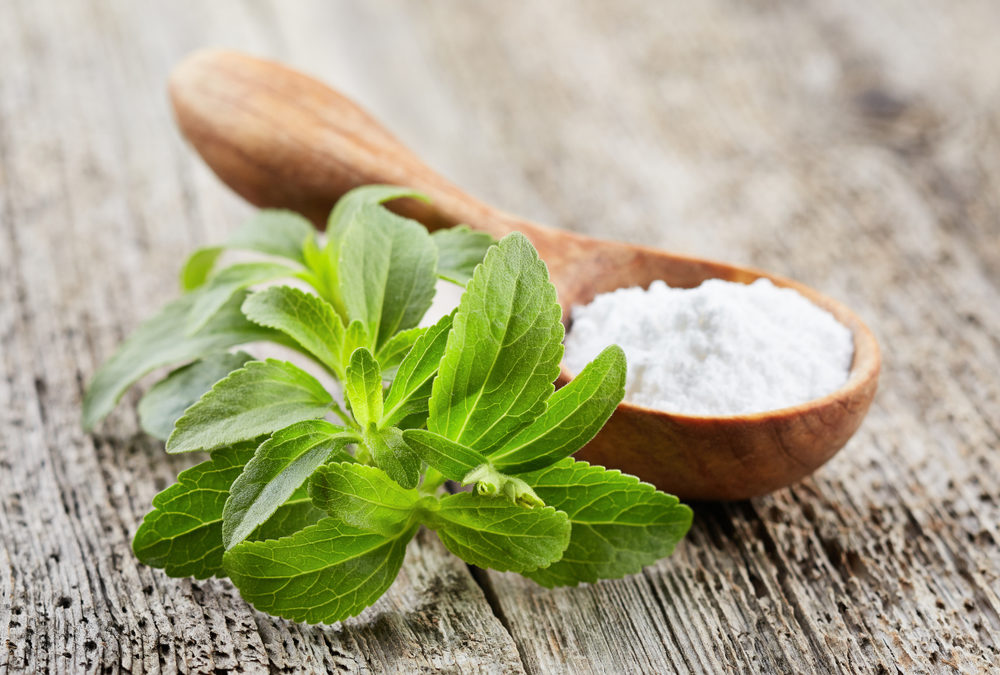
Apr 28, 2019 | The Fat Revolution
Stevia is often categorised as an artificial sweetener, but it is not artificial, in fact, it is simply a small green herb with extremely sweet leaves. I often have one growing in my garden. In commercial versions, the leaves are ground and processed into a fine white powder.
Pure stevia is extremely sweet! Hundreds of times sweeter than sugar! In fact, 1/2 tsp is equivalent to 1 cup sugar! I use pure stevia in my cookbooks, so if you are using my recipes, make sure the brand you use is pure; otherwise some of my recipes will not work. Some of the brands in the supermarket have a huge label that says ‘Stevia’ but it is actually mixed with erythritol to bulk it up. Stevia itself is ultra sweet, so it is only used in small amounts. If one of these alternative brands is used, you could imagine that the result would not be very sweet.
I also don’t recommend erythritol or xylitol because neither can be absorbed by humans, which means they can cause digestive symptoms and interfere with digestion of the food eaten with it. And good digestion is paramount to both good health and weight loss. Also, xylitol can kill a dog (low blood sugar, seizures, and/or liver failure) if it accidentally gets a hold of something made with it. If you have animals, it is safer not to have it in the house.
What about the stevia aftertaste?
Stevia leaves do have a bitter component to them, however, the good brands remove that bitter component during processing. Cheap brands can still have the bitter after taste. It is also important to avoid using too much; too much can leave an artificial taste. If you have had a bad stevia experience, I would recommend trying again.
In my opinion, stevia is the best natural, alternative sweetener for a strict keto diet (it doesn’t contain the toxic chemicals that can cause hunger and health issues, it doesn’t spike blood sugar, and doesn’t cause digestive issues like the sugar alcohols that cannot be absorbed).
And, for those who have never liked stevia, many have told me that flavoured stevia was a game changer. My favourite is vanilla, which is great in chai tea, coffee etc. Or, strawberry in yoghurt.
The brand I use and reference in all my recipes is Nirvana.
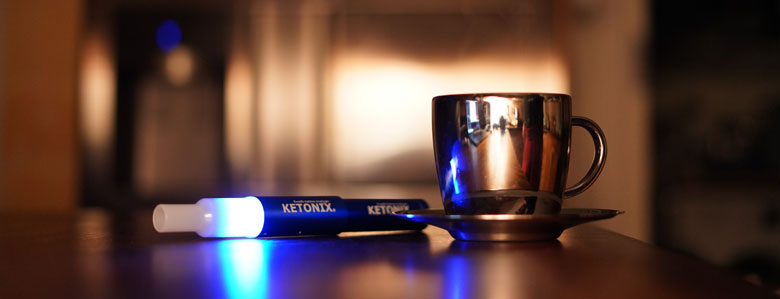
Feb 21, 2019 | The Fat Revolution
The key to sustainable weight loss is burning fat for energy. Many people claim that our preference for fuel is actually sugar, but this isn’t the case. When we are born, we burn fat for energy. We only stop burning fat for energy when we are loaded up with too much sugar and carbohydrate. We have to get rid of that sugar (it is quite hard on the body) with the goal of getting back to fat burning once the sugar is gone. So you can imagine that if we consume too much sugar and carbohydrate daily, we end up with a problem and we won’t ever get back to burning fat. We then become permanent sugar burners.
How do you know if you are burning fat for energy? Measure your ketones.
You can purchase a breath ketone metre here, or a blood glucose and ketone metre from the chemist.
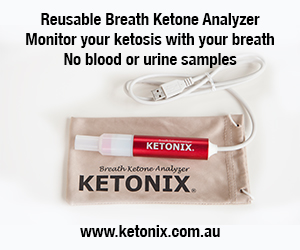
What are ketones?
Our brain can only function using two different types of fuel; glucose or ketones. In fact, our brain runs optimally on a mixture of both glucose and ketones. Remembering that we can only store a small amount of glucose at any one time, if our brain operated on glucose alone, it would be a problem if we weren’t able to get food for a significant period. If we can’t store more than 24 hours’ worth of glucose, then using glucose as our only source of energy doesn’t work. In fact, we would die fairly quickly if we were hunting our own food and not reliant on supermarkets. Fortunately, we also produce ketones. The liver converts fatty acids and amino acids into ketones. Not only do the ketones help fuel the brain, but they are also a fantastic energy source for the rest of the body. And, we need these ketones for basic survival.
Our hunter-gatherer ancestors would have been ketogenic; there simply was no other way to live. It would have been impossible to gather enough carbohydrate to start using glucose for fuel. Being ketogenic is how we survived.
And, it is the key to getting back to our natural, fat burning state, and therefore, the key to sustainable weight loss. Measuring ketones is one of the easiest ways to stay on track and stay motivated, because you will know whether you are on track or whether you need to lower your carbohydrates.
To put our body back into a fat burning state, some people need to lower their carb intake lower than others, depending on the state of their health, whether or not they have insulin resistance, and more.
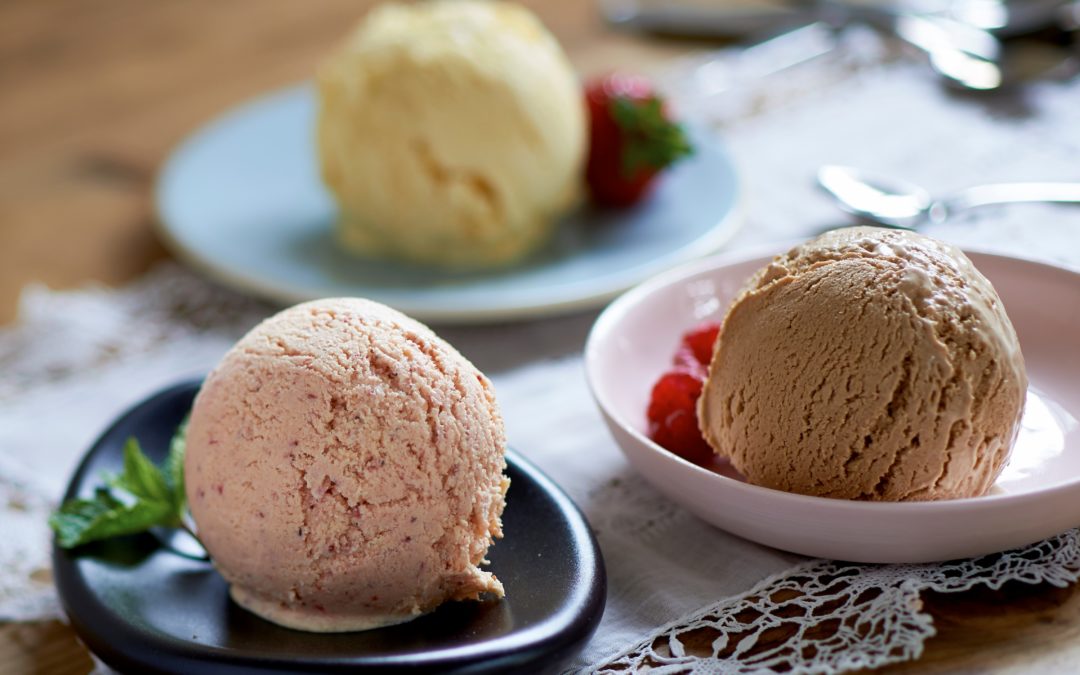
Dec 15, 2018 | The Fat Revolution
In most Western countries, the Friedewald formula is used to calculate LDL levels. Because measuring the LDL directly is time consuming and requires more expensive equipment, for years, labs have been using this equation:
LDL= [total cholesterol] – HDL – [Triglycerides/5]
The total cholesterol, HDL and triglyceride measurements are used to calculate the LDL. The problem is, the equation doesn’t always work. Pathologists know it doesn’t work when triglycerides are high, but studies have shown that it also doesn’t work when triglycerides are low. One of the pleasant side-effects of being on a low-carb diet is that our triglycerides will drop. If you get your cholesterol checked, it may look like you have elevated LDL, and the doctor might read you the riot act or suggest ‘treatment’. But, if your triglycerides are low, your LDL reading on your test will be incorrect.
You can ask the doctor for a direct LDL test, which solves the problem. But, a new formula has been developed that is much more accurate for calculating LDL levels when your triglycerides are less than 1.0 mmol/L (100 md/dL). Thanks to this calculator, you can figure out accurate LDL levels yourself. I had my LDL checked directly, and the calculator was spot on with its result.
Simply enter your total cholesterol, your HDL, and your triglycerides, and you will get a much more accurate calculation.
LDL = mmol/L as per "Friedewald" formula
LDL = mmol/L as per "Iranian" formula
Note: The calculator measures both mmol/L (Australia/New Zealand/UK), and md/DL (U.S.). Click the link at the top to change to the alternate measurement.






